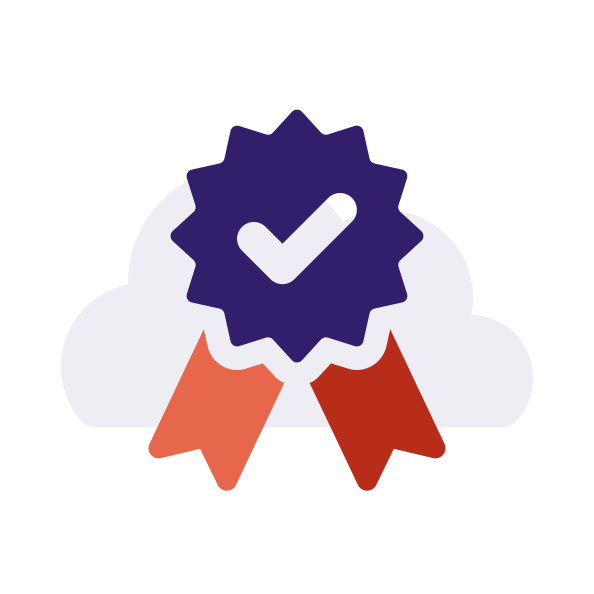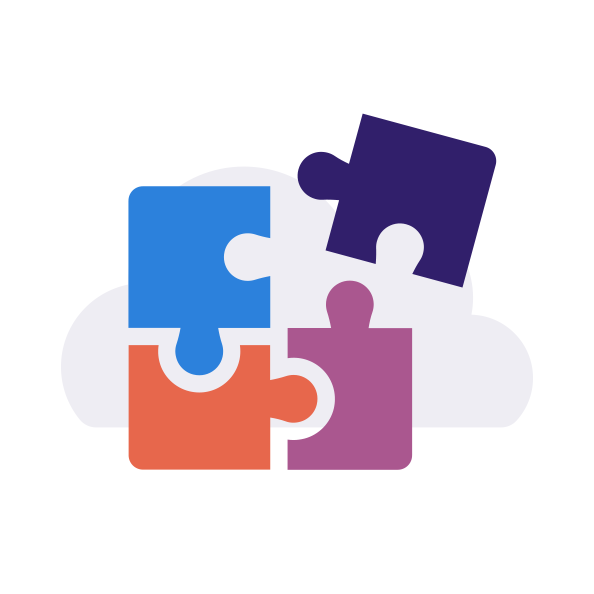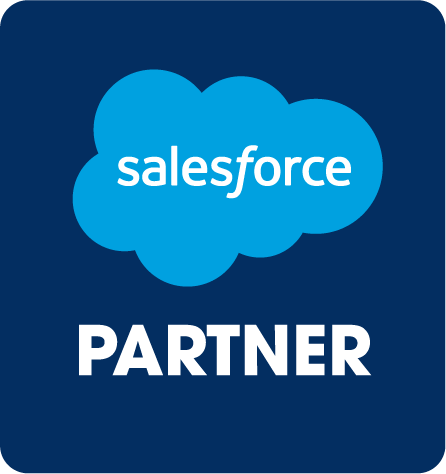
Insights for employers
Salesforce implementation
Of the end user organizations that migrated to Salesforce from a competitor product, 22% did so in the last 12 months.
Who supported the organization through the migration?
Of those organizations that used in-house employees, 58% also enlisted the help of a Salesforce Partner, an increase of 1% from our previous survey. Half (50%) sought help from an independent contractor to support their internal staff, up from 37% in our last survey. This indicates a continued trend of organizations using external resources to assist with Salesforce integration projects.
Do you need a contractor to help get your project over the line?
What challenges might you expect when working with a partner?
| Communication difficulties | 33% |
| They struggled to understand our requirements/business processes | 33% |
| Problems defining the scope of the project | 30% |
| Keeping the project on schedule/meeting agreed deadlines | 30% |
| Keeping the project to budget | 26% |
| They struggled to understand our industry | 22% |
| None | 15% |
| Other | 11% |
According to partners, what challenges do end users face when migrating to Salesforce?
Why are organizations choosing to implement Salesforce?


Functionality of the product/services


Need to increase business responsiveness


Trusted products/services
| Ability to integrate with third-party vendors | 33% |
| Variety of products/services | 33% |
| Desire to move to the cloud | 29% |
| Ease of user adoption/user friendliness | 25% |
| Ease of migration | 24% |
| Need for global capabilities | 22% |
| Desire to reduce costs | 14% |
| Post-migration support offered | 14% |
| Lack of confidence in previous cloud service provider | 10% |
| Salesforce's commitment to Corporate Social Responsibility (CSR) | 6% |
How long do migrations to Salesforce take?
Our respondents tell us their migration took an average of one year and six months to complete.
Implementing Salesforce can be a complex process, with timelines typically ranging from three to six months for smaller organizations to upwards of six months for larger enterprises with more intricate systems.
To ensure a smooth and efficient implementation, consider partnering with a Salesforce expert who can assess your business needs, provide accurate project timelines, and guide you through the process.
Salesforce go-live delays
Almost two-fifths (39%) of organizations experienced a delay to their scheduled Salesforce go-live.


How long were these delays?
-

 Less than 1 month 7%
Less than 1 month 7% -

 1-3 months 33%
1-3 months 33% -

 4-6 months 47%
4-6 months 47% -

 7-9 months 7%
7-9 months 7% -

 10-12 months 0%
10-12 months 0% -

 12+ months 7%
12+ months 7%
What factors caused the delay?
| Lack of skills in-house to manage/work on the project | 65% |
| Poor planning prior to migration | 47% |
| Staff shortage | 41% |
| Delay in training staff | 41% |
| Rescoping of the project/changing needs of the project during implementation | 35% |
| Issues dealing with partner/consultancy | 35% |
| Unforeseen customizations | 29% |
| Data migration issues | 29% |
| Issues with testing | 29% |
| Poor in-house project management | 24% |
| Budget shortage | 12% |
Top 10 challenges that organizations faced during an implementation
Lack of appropriate skills internally
User adoption challenges


The cost of custom integration
| Lack of stakeholder buy-in | 27% |
| Customization challenges | 27% |
| The business was not ready for the change | 27% |
| Rescoping of the project/changing needs of the project during implementation | 27% |
| Difficulties migrating data from legacy systems to Salesforce | 24% |
| Integrating Salesforce with another system(s) | 20% |
| Difficulties hitting deadlines | 18% |
| Difficulties managing projects | 18% |
Over two fifths (43%) of organizations surveyed encountered implementation challenges stemming from a lack of internal skills. This is up from 36% in our last study, suggesting that there is a growing lack of skills in the Salesforce universe.
Are organizations integrating Salesforce with non-Salesforce products?
Results show that 87% of Salesforce customers we surveyed have integrated their Salesforce product with a non-Salesforce product.
What non-Salesforce products are customers integrating Salesforce with?
What Salesforce-acquired products do you intend to use?
| Tableau | 34% |
| Slack | 33% |
| Mulesoft | 22% |
| Salesforce Industries (Vlocity) | 8% |
| None of the above | 25% |
| Not sure | 17% |
Almost two-fifths (39%) of respondents said they were more likely to use these products because Salesforce had acquired them.
MASON FRANK’S
CAREERS AND HIRING GUIDE
KEY FINDINGS 2025



